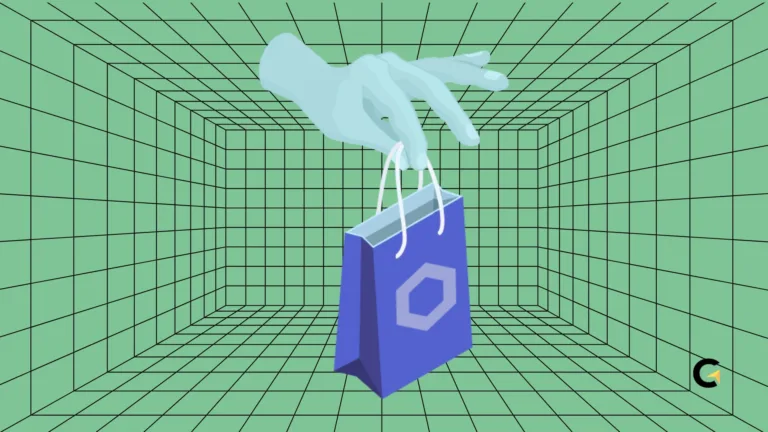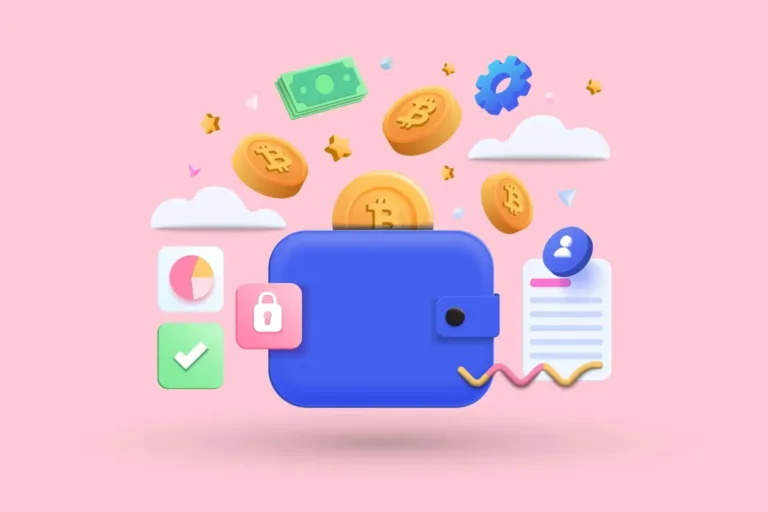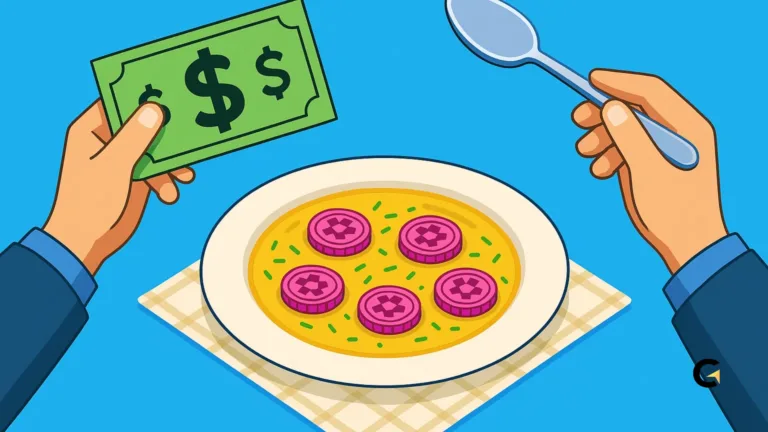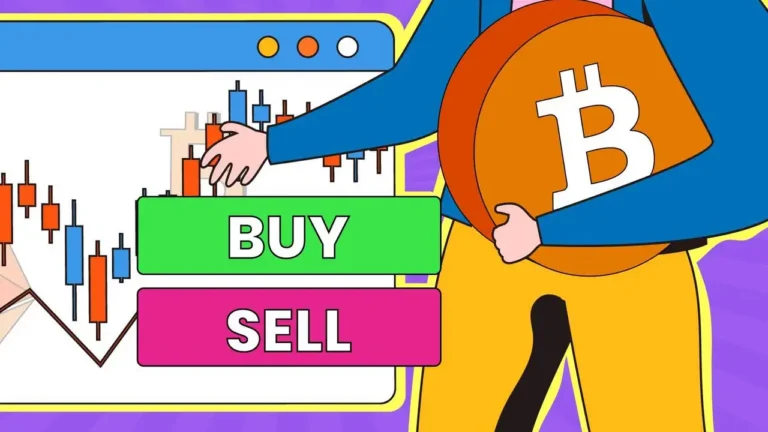A Guide to Recognizing and Avoiding Fake Meme Coins
In recent years, the popularity of cryptocurrency has skyrocketed. Among various types of digital assets, meme coins have emerged as a category that captures significant attention.
Cryptocurrencies like Dogecoin and Shiba Inu, initially created as mere jokes, have now taken center stage, even generating substantial profits for some investors.
However, the growing interest in meme coins has opened the door for unscrupulous individuals to create fake meme coins.
Here, we aim to help you understand what meme coins are, the associated risks, and how to identify and avoid investment traps in fake meme coins, including phenomena such as Trump memecoins and others, as referenced from Cryptomaniaks.
Summary Key Takeaways
ShowWhat is Meme Coin?
Meme coins are cryptocurrencies often inspired by internet memes or pop culture. Unlike major cryptocurrency projects designed with technical use cases, meme coins tend to focus more on community appeal and humor.
A well-known example of a meme coin is Dogecoin, which was initially created as a parody but managed to capture the attention of figures like Elon Musk.
Dogecoin’s success has paved the way for the emergence of many other meme coins, including some leveraging prominent names like Trump memecoins or even Melania memecoins. However, not all meme coins have strong fundamentals.
Many of them, particularly fake meme coins, are designed merely to attract temporary attention without innovative blockchain technology or a clear roadmap. This makes investing in meme coins a high-risk endeavor, especially for beginner investors.
Risks Associated with Fake Meme Coins
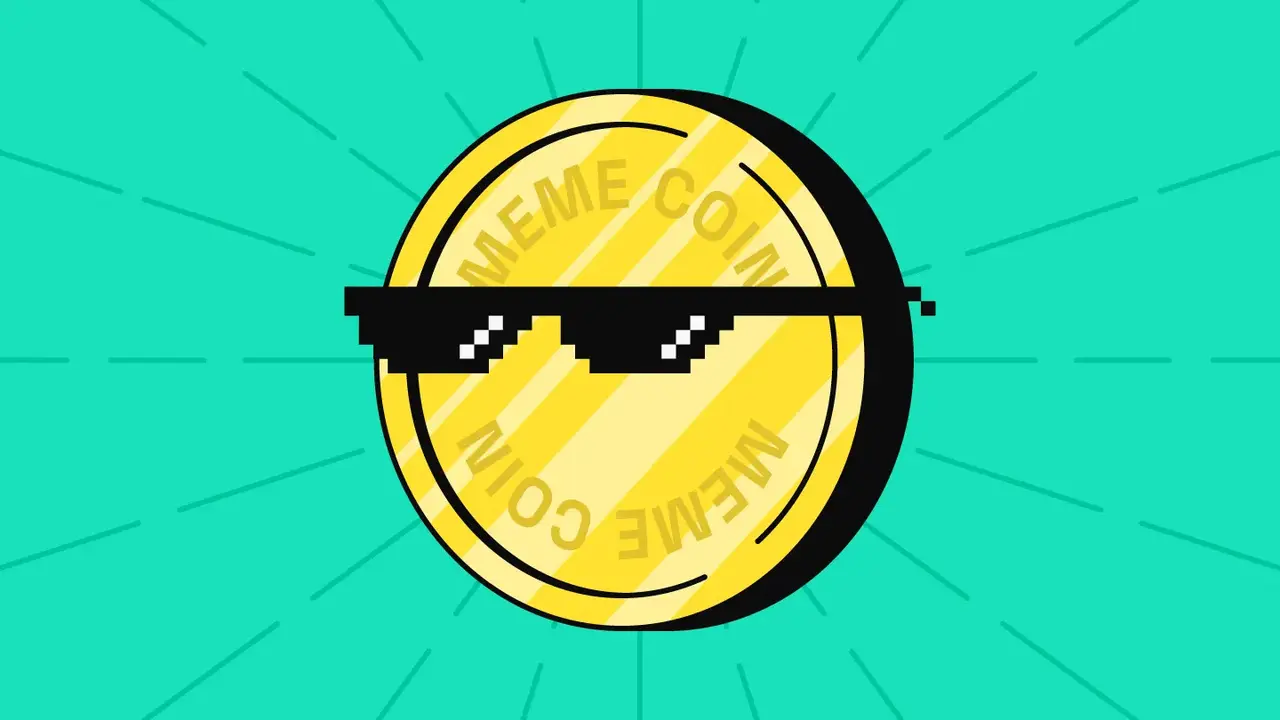
Although meme coins like the Donald Trump memecoin garner significant attention, it is not uncommon for such coins to become breeding grounds for scams. Here are two of the most common types of fraud:
Pump and Dump
Pump and dump is a scheme where the price of a meme coin is artificially inflated through massive hype on social media.
For example, a project like the Jenama meme coin might suddenly see its value skyrocket due to aggressive promotion, only to experience a drastic drop after the perpetrators sell off all their assets. Investors tempted by promises of quick profits often fall victim to this strategy.
Rug Pull
A rug pull is a scam in which developers withdraw all the funds collected from investors, leaving them with worthless tokens.
Fake meme coins, such as the Trump coin price that suddenly loses its value, are often classic examples of rug pull schemes. Projects lacking audits or transparency are the primary targets for such fraudulent activities.
How to Spot a Fake Meme Coin

To protect yourself from the trap of fake meme coins, it is crucial to recognize the characteristics of suspicious projects. Here are some warning signs:
Sudden Price Surge
Fake meme coins often exhibit extraordinary price increases within a short period. For instance, a project like Trump coin price that suddenly skyrockets without a logical reason could indicate market manipulation.
Excessive Promotion
Coins that are overly promoted, especially with claims of “instant wealth,” are often fake meme coins.
For example, aggressive campaigns about Melania memecoin promising massive overnight profits could be an attempt to create baseless hype.
Lack of Transparency
Projects that fail to provide clear information about their development team or project objectives should be treated with caution. For instance, if a meme coin like Jenama does not disclose its developers’ identities or offer a concrete roadmap, it could be a red flag.
Unusual Trading Patterns
A sudden surge in trading volume without a clear reason often points to manipulation. Meme coins like Donald Trump memecoin that display irregular trading activities should be monitored carefully.
Case Study: TrumpCoin
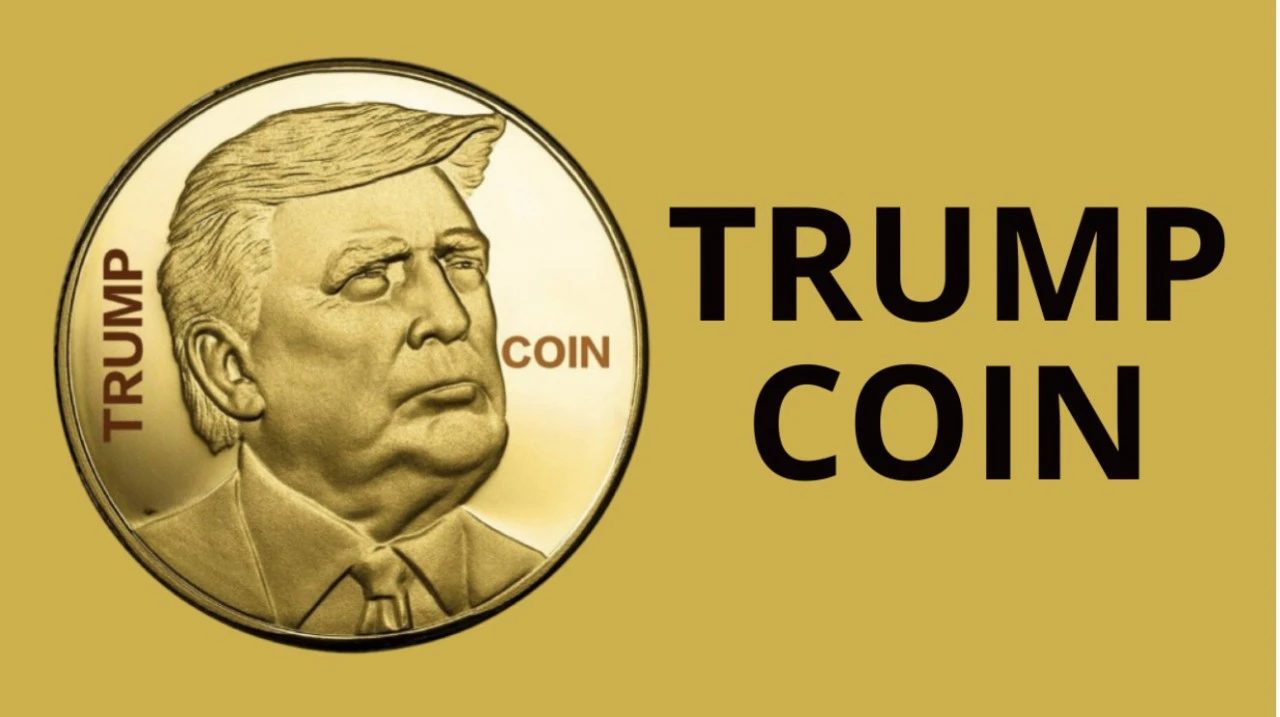
TrumpCoin is an example of a meme coin that has sparked controversy. Although the coin claims to support former U.S. President Donald Trump, it has no official connection to him.
Moreover, an analysis of its tokenomics revealed that approximately 80% of TrumpCoin’s supply is held by the development team, a significant red flag.
Many investors are drawn to the big names associated with meme Trump or even Melania memecoin, but projects like these often lack a solid foundation.
The sharp fluctuations in Trump coin price also serve as a warning for investors to exercise greater caution. This case highlights the importance of conducting thorough research before investing, especially in projects tied to prominent names.
Tips to Avoid Fake Meme Coins
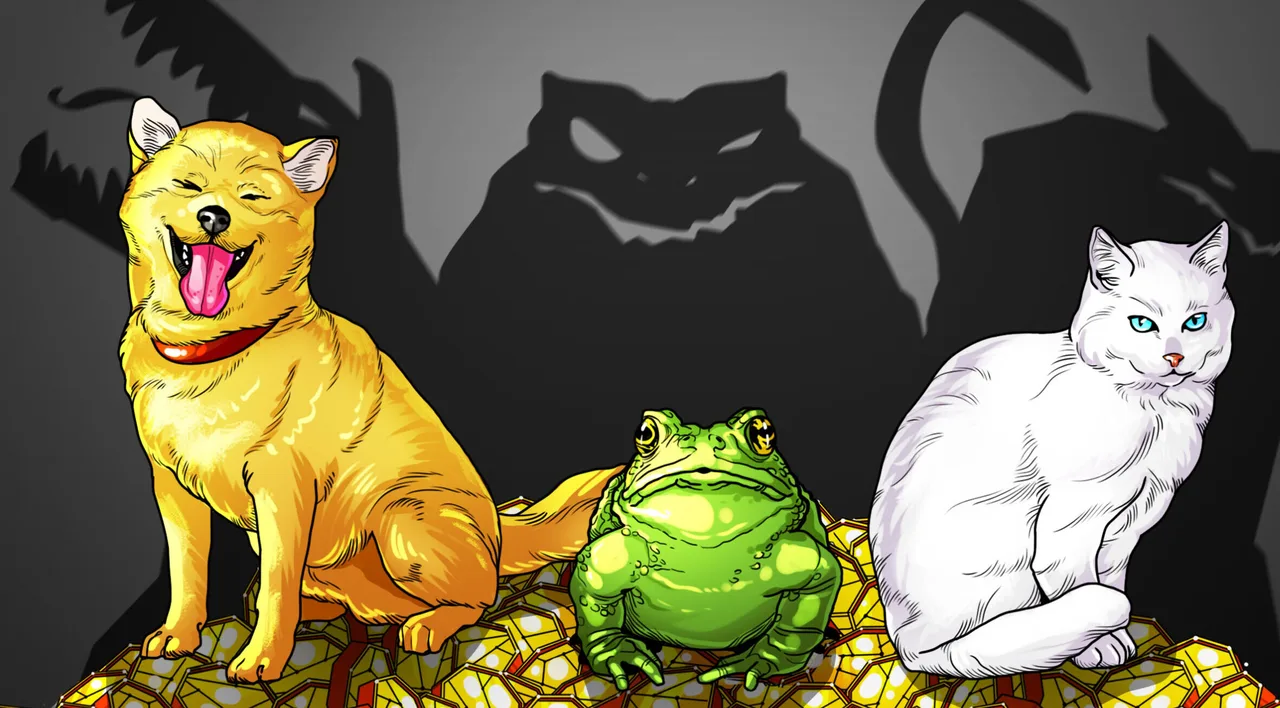
It is important for all investors to avoid fraud from fake Meme coins so that assets remain safe and safe from accidents in investing.
Below are some practical steps to avoid the trap of fake meme coins that you can apply when you want to invest in Memecoin.
Do In-depth Research
Make sure you study the whitepaper, roadmap, and information about the development team before investing. Projects like the Donald Trump memecoin or Trump price meme coin often take advantage of the hype, so research is the main key to understanding its credibility.
Use a Trusted Exchange
Avoid buying Branded meme coins or others on lesser-known platforms. Choose a trusted platform like Binance or Coinbase that has a strict screening procedure.
Beware of Promises of High Profits
If a project promises huge profits in a short time, this is almost always a sign of a scam. Fake meme coins often use this promise to attract investors.
Pay Attention to Social Media Activity
Projects that rely too much on social media hype without clear fundamentals, like the Melania memecoin or Trump price meme coin, tend to be risky. Be sure to check the validity of their claims.
Let’s Invest, But Stay Cautious
Meme coins, such as Donald Trump memecoin or Jenama meme coin, offer significant profit potential but come with equally substantial risks.
As cryptocurrency grows in popularity, fake meme coins are becoming increasingly prevalent. Investors must remain skeptical, conduct thorough research, and avoid projects that lack transparency.
Frequently Asked Questions (FAQs)
What is a meme coin, and what sets it apart from other cryptocurrencies?
Meme coins are cryptocurrencies that are often inspired by internet memes or pop culture. Unlike cryptocurrencies that have technical use cases like Bitcoin or Ethereum, meme coins focus more on community appeal and humorous aspects. Examples of well-known meme coins are Dogecoin and Shiba Inu. However, not all meme coins have strong fundamentals, so many of them are at risk of being fake meme coins.
Are TrumpCoin and Trump memecoins safe to invest in?
TrumpCoin is an example of a controversial meme coin that claims to support former US President Donald Trump, but has no official connection to him. Analysis shows that the majority of TrumpCoin’s supply is owned by the development team, which is a red flag for investors. Projects like Trump memecoin or Melania memecoin should be carefully researched before you decide to invest.
What are the best steps to avoid fake meme coin traps?
Here are some steps you can take:
- Conduct thorough research: Review the whitepaper, roadmap, and the development team’s background.
- Use trusted platforms: Choose exchanges with a good reputation, such as Binance or Coinbase.
- Avoid promises of high returns: Be cautious of projects promising significant profits in a short period.
- Check social media activity: Excessive hype without clear fundamentals often indicates a fake meme coin.
These steps will help you make more informed investment decisions.


